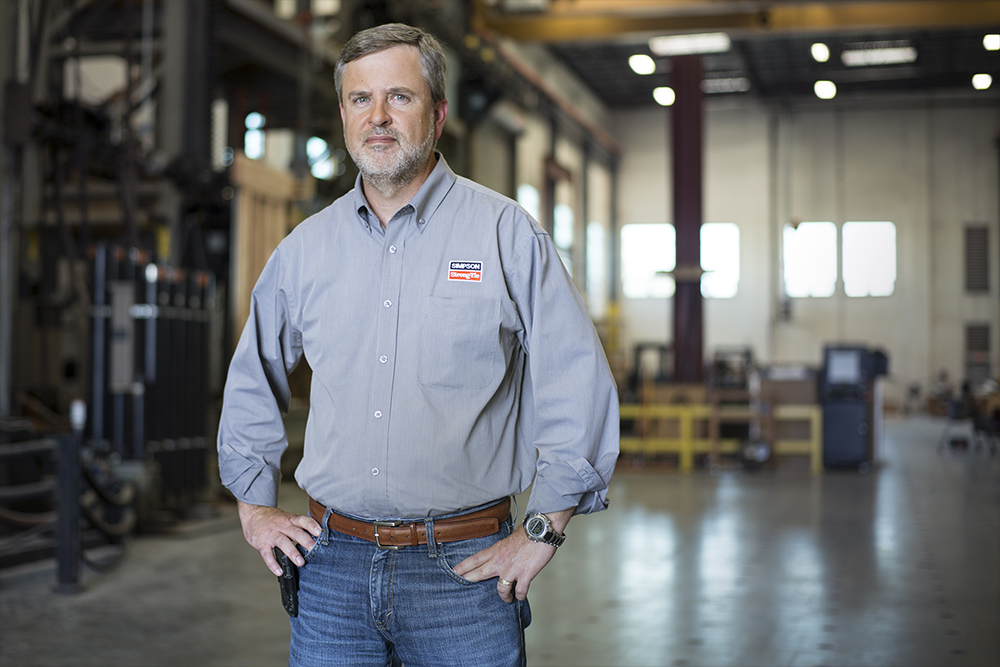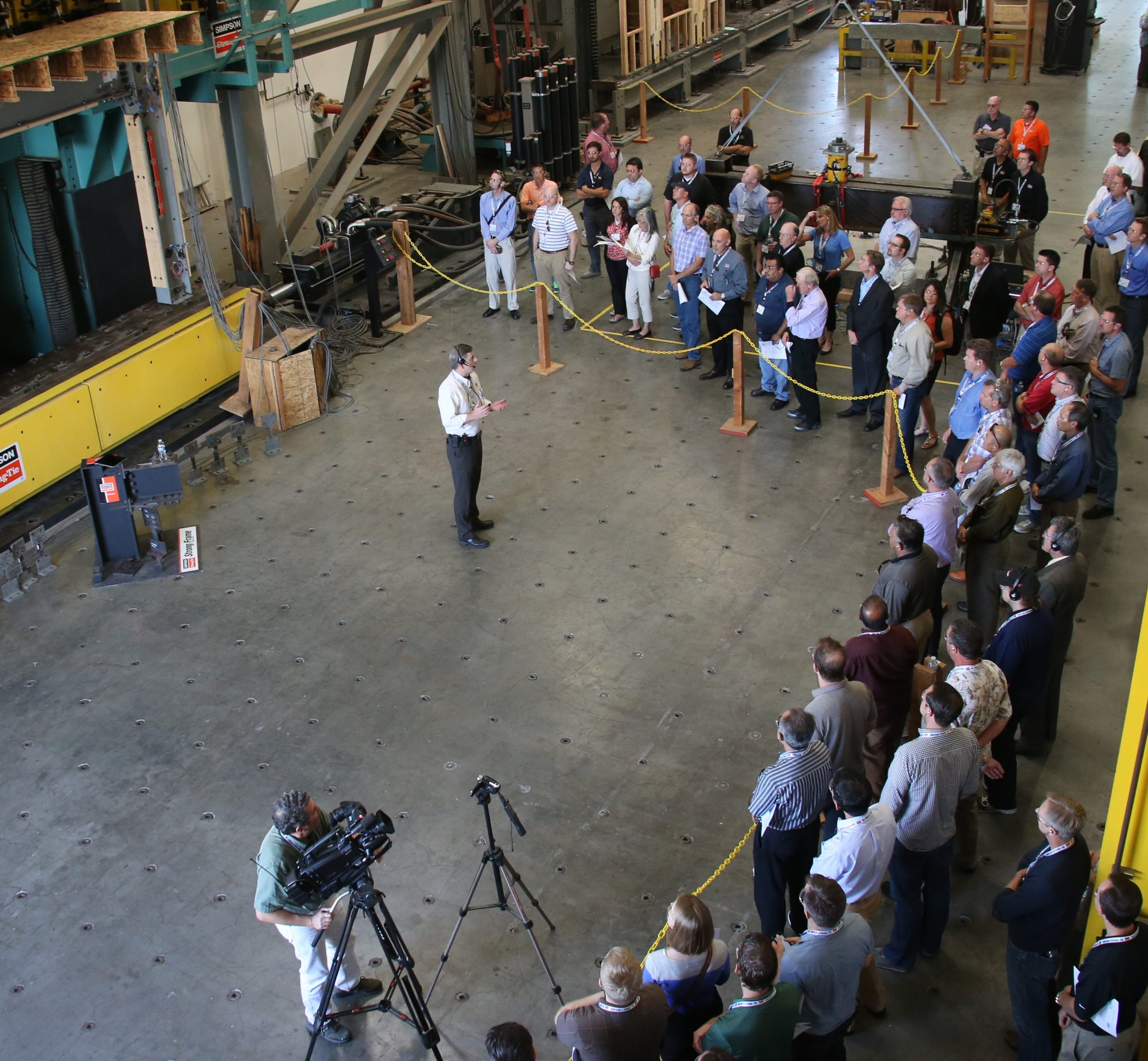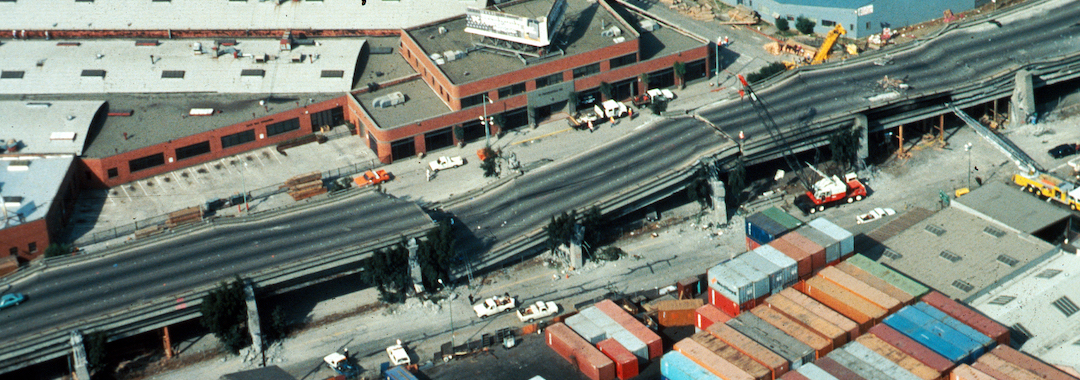We all know that earthquakes physically shape the landscape here in California, but they shape careers as well. Earthquakes I felt while growing up in California’s southern San Joaquin Valley got me thinking about engineering as a career while in high school. When the Loma Prieta earthquake struck on October 17, 1989, like many of you I was watching the World Series live on television and thus got to see the earthquake live as well. I was in my senior year of college at the time, studying Civil Engineering with a structural emphasis. This earthquake cemented the direction I would take in my career. I wanted to be a structural engineer, and I wanted to design buildings that would not fall down in earthquakes.
After Loma Prieta hit, I was relieved when I finally got through to my family and realized everyone was okay. If an earthquake like that happened again today, I would get an alert on my cell phone and know within minutes exactly where it happened, how big it was, and how deep it was. I would also be able to look at the USGS ShakeMap online to get a feel of ground-level damage potential and locations. But in 1989, none of this information was available so over the course of the next few days along with the public, I learned about what had happened in the Bay Area.
After graduating in 1990, several great mentors guided me as I pursued the art of earthquake-resistant structural engineering. I began to realize that earthquakes are like a great predator of the built environment: occasionally they take down healthy buildings in their prime, but they particularly focus on the old and the weak amongst our building stock; buildings with known (and sometimes unknown) deficiencies that if improperly designed or left unretrofitted cause them to fall prey to the earthquake.
After several years of practicing structural engineering, and after obtaining my P.E. and S.E., it was with some irony that I came to work at Simpson Strong-Tie in 1997. I became part of a team of dedicated people working to provide structural solutions to new and existing buildings in an effort to keep them from falling prey to the next earthquake. I was now a Bay Area resident, living in the shadows of the same seismic hazards that had manifest themselves on October 17, 1989, and which had shaped my career choice.

While there were many different types of structural weakness on display as a result of the Loma Prieta earthquake, soft- or weak-story wood-frame structures commanded much of the attention. These multi-story wood light-frame structures have an inherent weakness at the ground floor because the area open for parking also cuts down on the area available for shear walls, and thus the available lateral strength. Without the requisite lateral strength in these weak stories, many buildings suffered heavy damage and even collapse. And all of this from an earthquake that was centered about 56 miles south of San Francisco. One can only imagine what would happen if a similar earthquake occurred much closer.
In response to this threat, the City of San Francisco has embarked on a groundbreaking mandatory retrofit ordinance that will hopefully allow many of the city’s residents who live in these structures to “shelter in place” after the next “big one.” What buildings are affected by this ordinance? Wood-frame buildings built or permitted prior to January 1, 1978 with two or more stories over a soft- or weak-story that contain five or more dwelling units.

There are many questions that automatically pop up in response to this. How well does my building have to perform in order to enable me to shelter in place? Could I possibly shelter in place with a yellow tag on my building, or does it have to be green tagged? There is debate on this issue. What constitutes the “big one” – is it the “expected” more frequent earthquake, or is it the extremely rare, very large earthquake? The engineering criteria of the retrofit ordinance points toward it being the “expected” earthquake. Can these retrofits be done (economically) and will they make a difference? Absolutely. How can you say that? We’ve tested them.
Simpson Strong-Tie was a proud sponsor and contributor to an ambitious project known as NEES-Soft. Led by Dr. John W. van de Lindt of Colorado State University, the project culminated with shake table testing of a full-scale four-story weak-story building on the outdoor shake table at the University of California San Diego in the summer of 2013. Constructed to be like a real San Francisco weak-story structure, the building offered a fantastic platform to test various retrofit technologies.
One of the retrofit technologies tested was the Simpson Strong-Tie Strong Frame® special moment frame. Designed according to one of the engineering approaches (FEMA P-807) permitted in the City of San Francisco’s retrofit ordinance, the Strong Frame special moment frame performed extremely well, and we were able to conclusively demonstrate the improved performance of the building. Check out this link to understand some of the unique features that make this frame especially well suited for seismic retrofits of wood-frame structures. And don’t forget that any retrofit frame or wall is only one part of the complete load path needed for a successful retrofit!
The Strong Frame special moment frame did not materialize overnight in response to the new retrofit ordinance. The work on it and the other lateral force resisting products we manufacture began years earlier. It turns out that there are a whole bunch of people at our company, professional engineer or not, who are constantly thinking about this and share the same desire that developed in me back in 1989: let’s make products that help buildings not fall down in earthquakes.
How can we help you on your project? Let us know – we’d love to hear from you.
Featured photo of collapsed sections of the Cypress Viaduct of Interstate 880 by H.G. Wilshire of the US Geological Survey. Used under Creative Commons.


